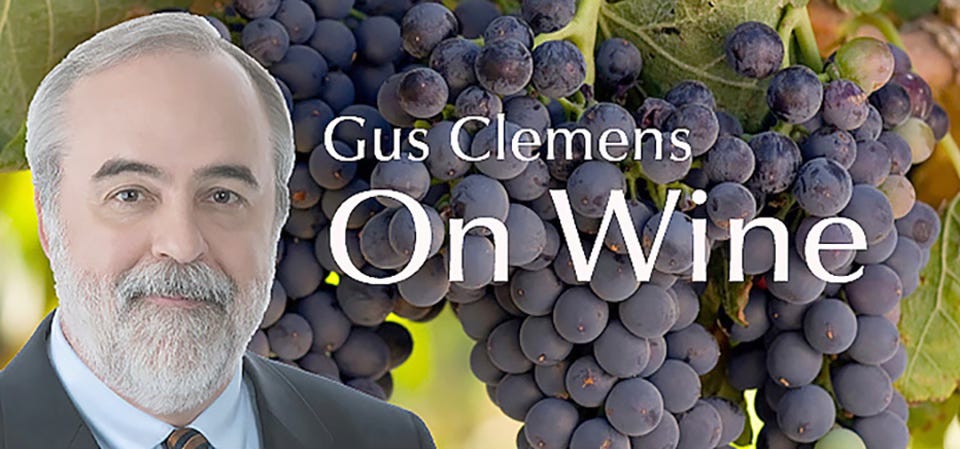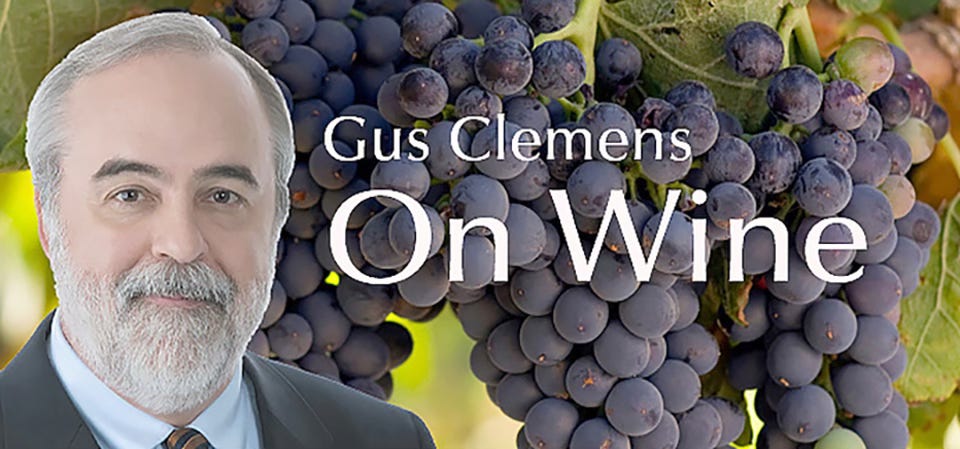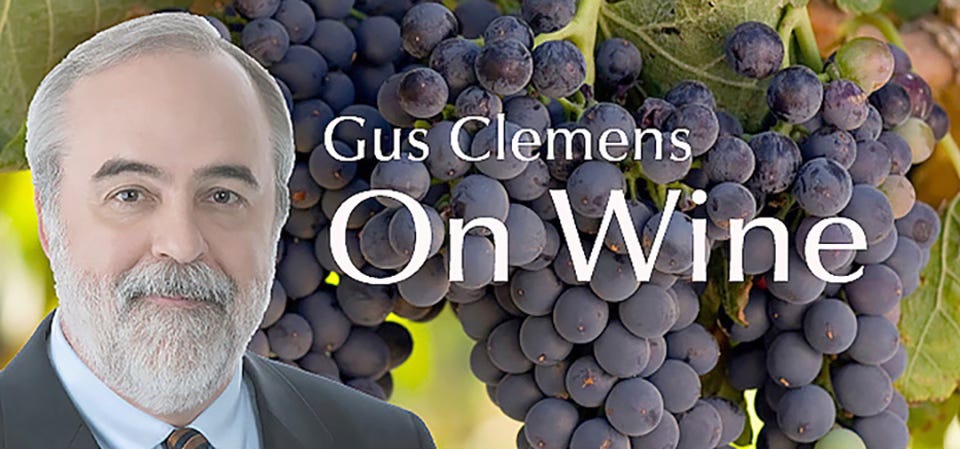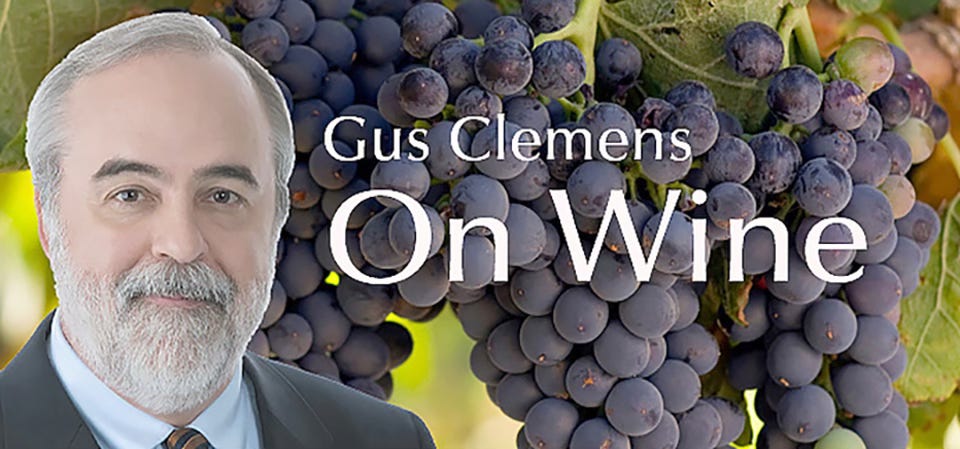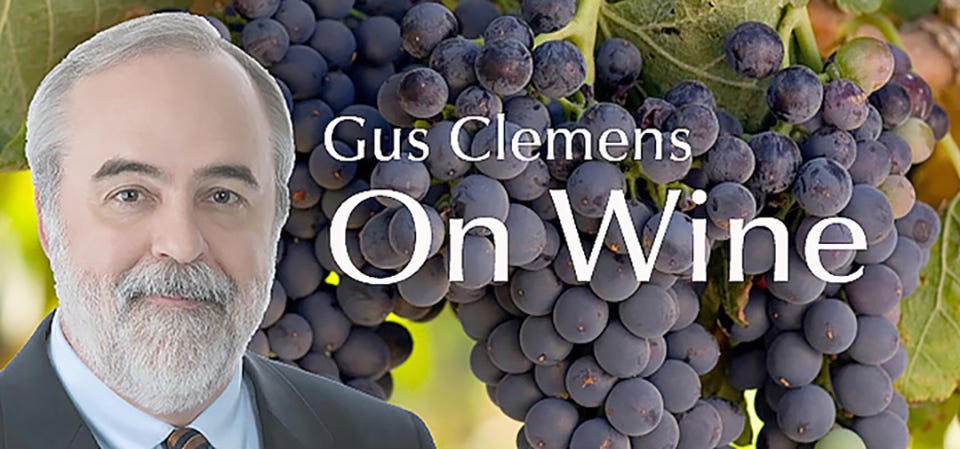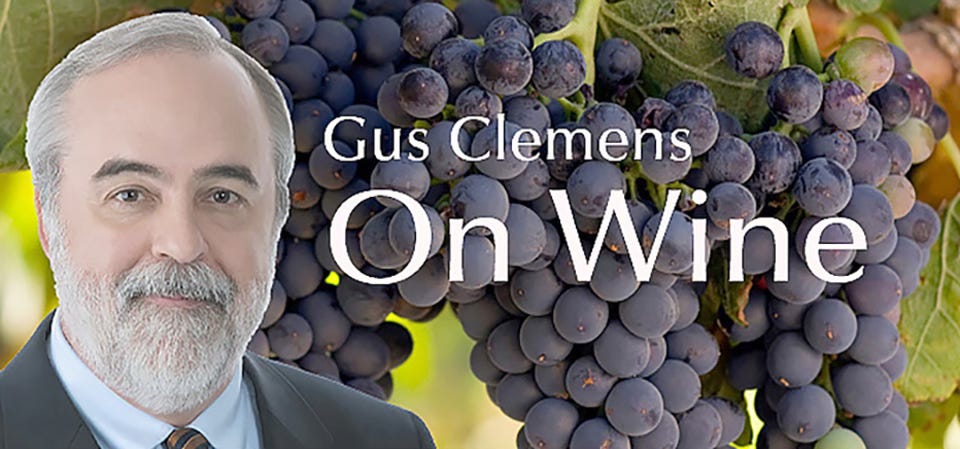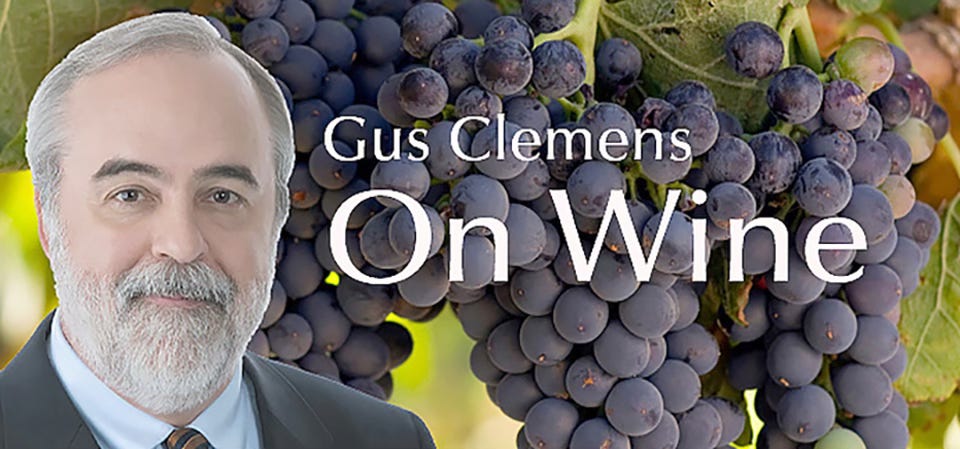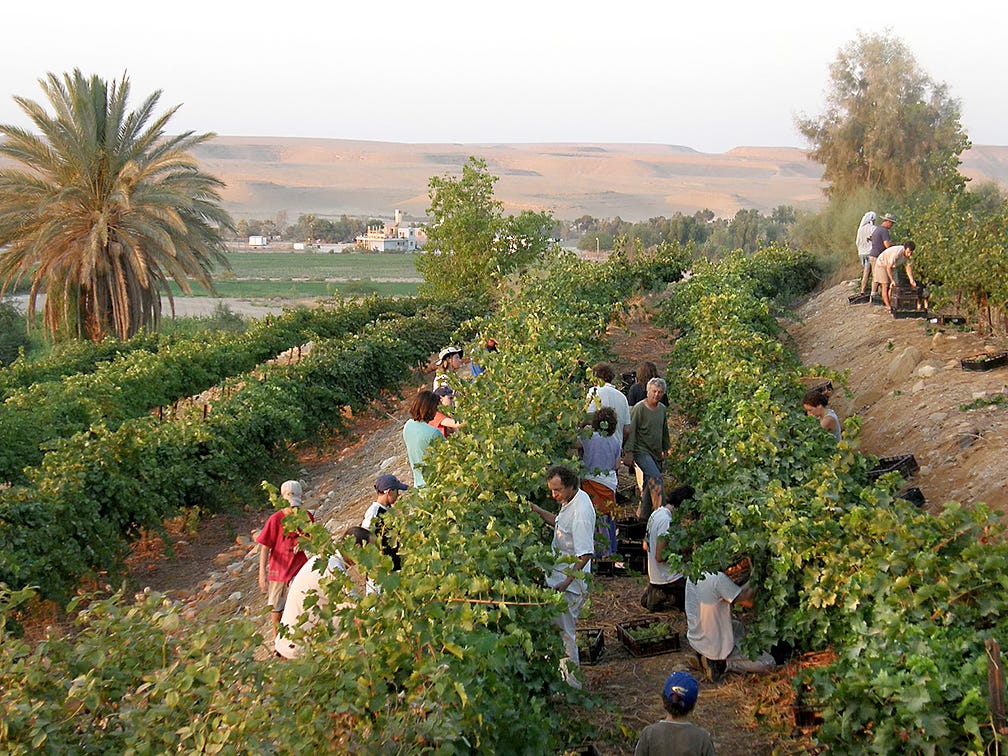What’s your favorite wine 6-5-2024
This is the weekly column“If you could only drink one wine for the rest of your life, what wine would that be?” I get that question often.As a Catholic, my tongue-in-cheek answer: “Consecrated communion wine because I am in Hell.”Related question: “What is your favorite wine?”As a humorist, my quip: “Whatever you are pouring.”The answer to the base question: I enjoy all competently-made wines. When I taste sweeter wines, although not my first choice, I strive to evaluate the wine from the perspective of someone who prefers sweeter wines. And share fair comments with readers.That said, there are wines I am more likely to pour:• Pinot noir. Lighter body, delicate, nuanced flavors, good acidity, restrained tannins, elegant and silky mouthfeel. Versatile pairing from fish to poultry to white meats and lighter beef. Delicious as a red wine, a key component of many Champagnes.• Sauvignon blanc. Good to great acidity; pairs with with huge range of foods.• Red blends. I prefer blends over pure varietals because blends can deliver more complexity and depth, although I can enjoy a pure varietal play. Blend examples include:• GSM. Grenache-syrah-mouvédre. Wonderful blend of three varieties I enjoy.• Bordeaux blend. Cabernet sauvignon, merlot, cabernet franc, sometimes petite verdot, malbec, carménère. Classic big reds.• Spanish blends. Tempranillo-garnacha (Rioja). Garnacha-cariñena (Priorat). Tempranilo-cab, merlot, malbec (Ribera del Duero). There are excellent Spanish white blends, too.• Italian blends. Sangiovese with a variety of blenders.• Sparkling wine. From Champagne, to Spanish cava, to Italian spumantes and proseccos.• Chardonnay. So versatile. Can be made in almost every style; a key component of Champagne and other sparklings.• Australia. Shiraz, perfect for beef pairing.• New Zealand. Sauvignon blanc and, increasingly, pinot noir.• Chile and Argentina. Huge values. Is there a better value-for-price play than malbec?• Portugal. Wide selection at fantastic price points.• Zinfandel. Bold ripe fruit, soft tannins, potentially high alcohol. What’s not to love?• Others: riesling, vinho verde, grüner veltliner, maderia, gewürztraminer, viognier, pinot gris/grigio.Happy to narrow it down for you.Tasting notes:• Hope Family Wines Treana Sauvignon Blanc, California 2022: Smooth, very approachable; retains food-friendly acidity. $18-20 Link to my review• Lake Sonoma Winery Russian River Valley Chardonnay 2020: Fulsome, substantial expression of Russian River Valley chard. Rich, engaging in the mouth. $20-25 Link to my review• Privé Vineyard Pinot Noir, Chehalem Mountain AVA 2022: Refined, reserved joy in the mouth. Solid reason Willamette Valley is world-class provider of pinot. $60 Link to my review• Dobbes Family Estate Patricia’s Cuvée Pinot Noir, Willamette Valley 2021: Rich, opulent, hedonistic delight; excellent fruit, impressive complexity, wonderful texture, mouthfeel. $60 Link to my reviewLast roundSomebody stole Satan’s hairpiece! There will be Hell toupee. Wine time.Gus Clemens on Wine is a reader-supported publication. To receive new posts and support my work, consider becoming a free or paid subscriber.Thank you for reading Gus Clemens on Wine. This post is public so feel free to share it.Email: [email protected]: gusclemens.substack.comWebsite: gusclemensonwine.comFacebook: facebook.com/GusClemensOnWine/posts/Twitter (X): @gusclemensLong form wine stories on Vocal: Gus Clemens on Vocal This is a public episode. If you’d like to discuss this with other subscribers or get access to bonus episodes, visit gusclemens.substack.com/subscribe

5m










